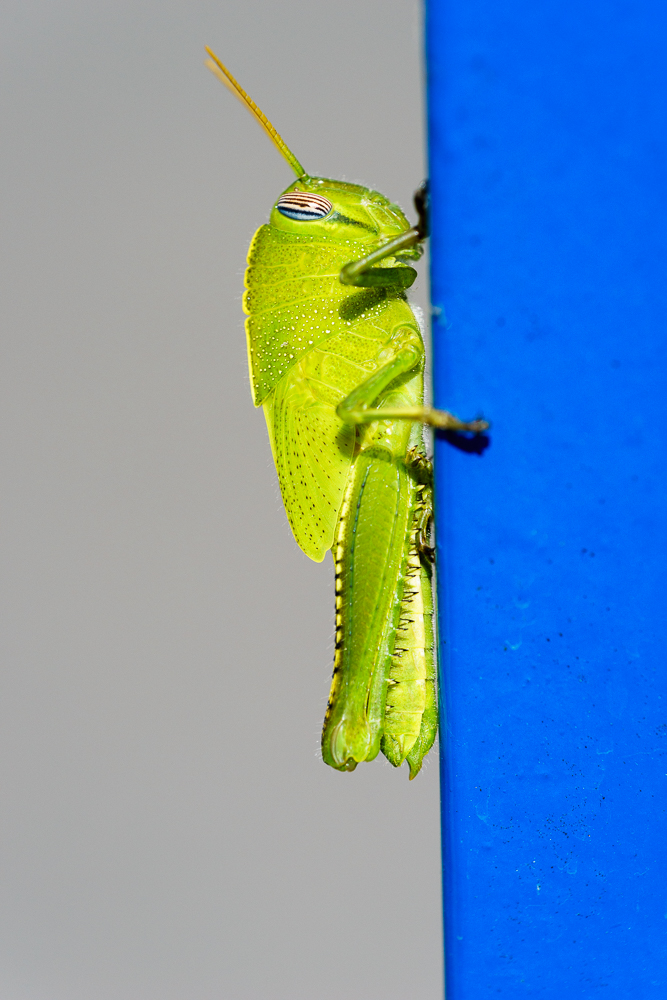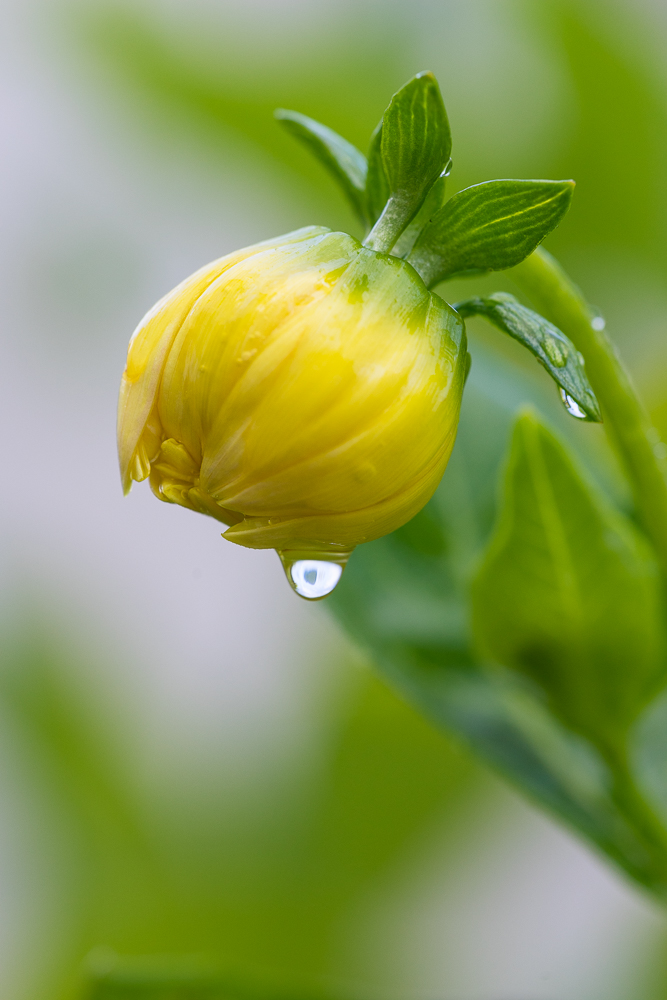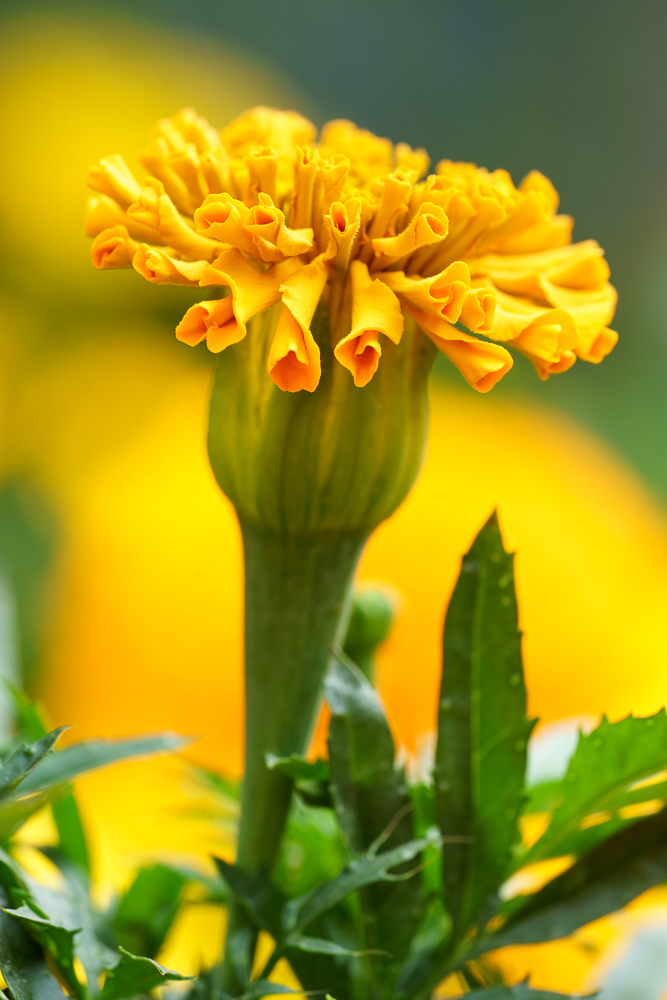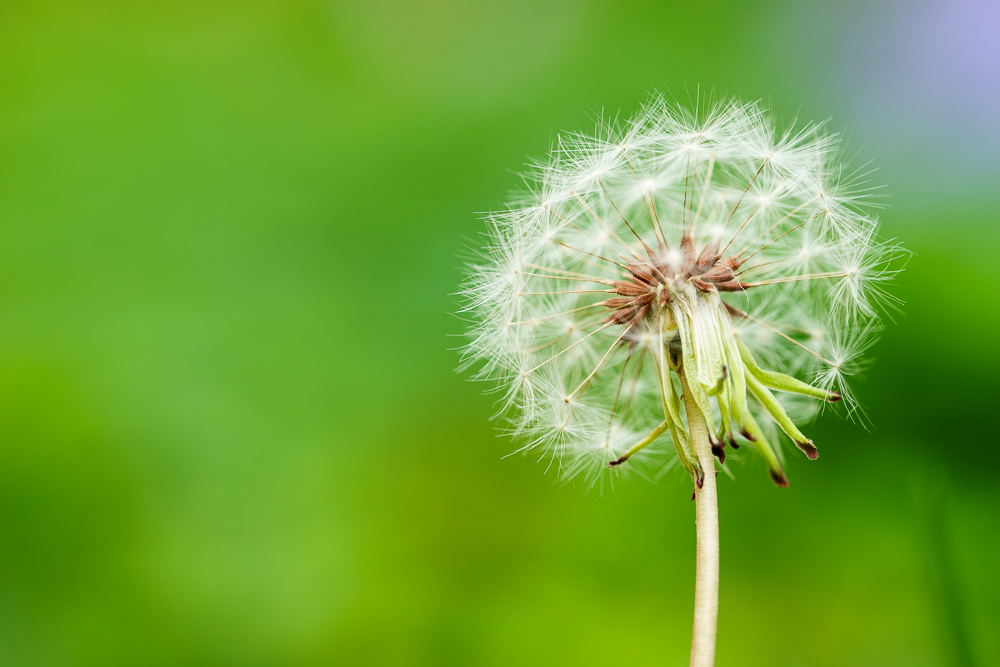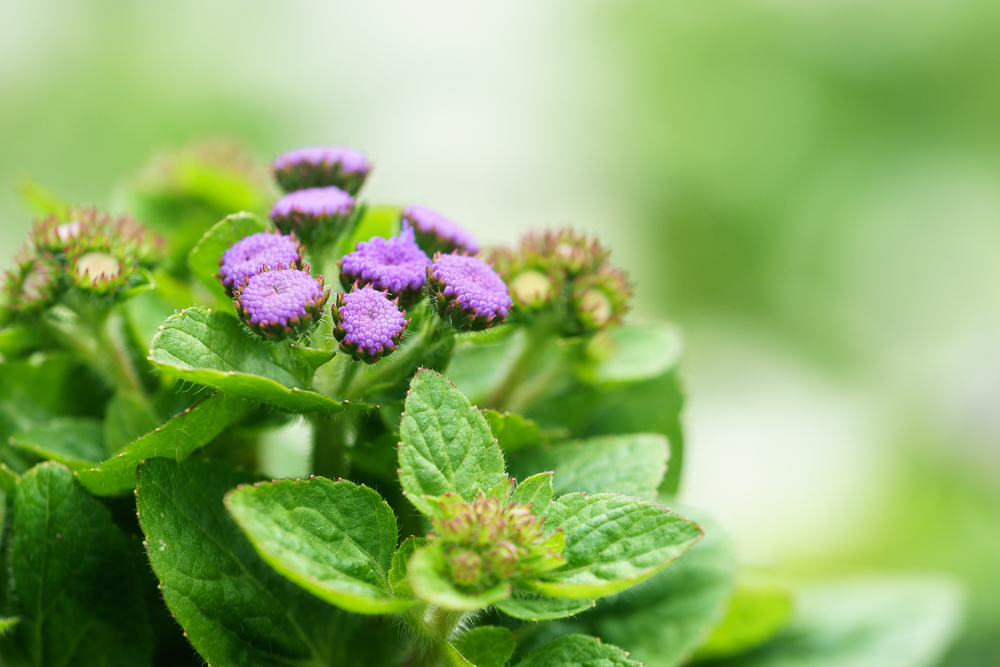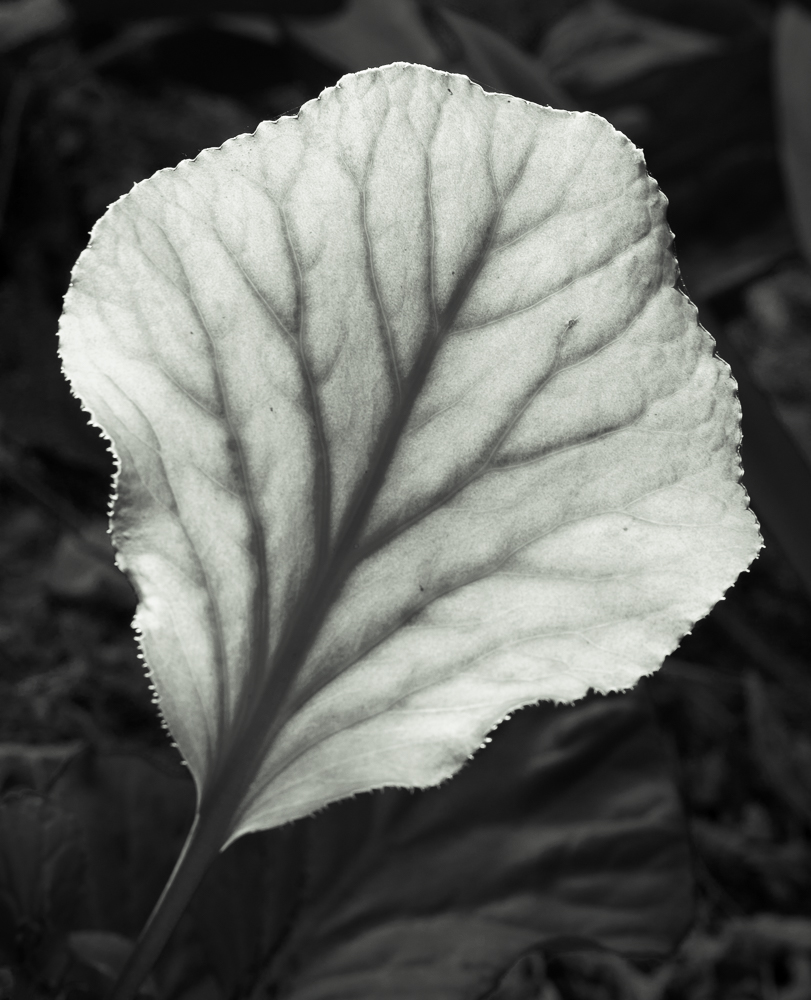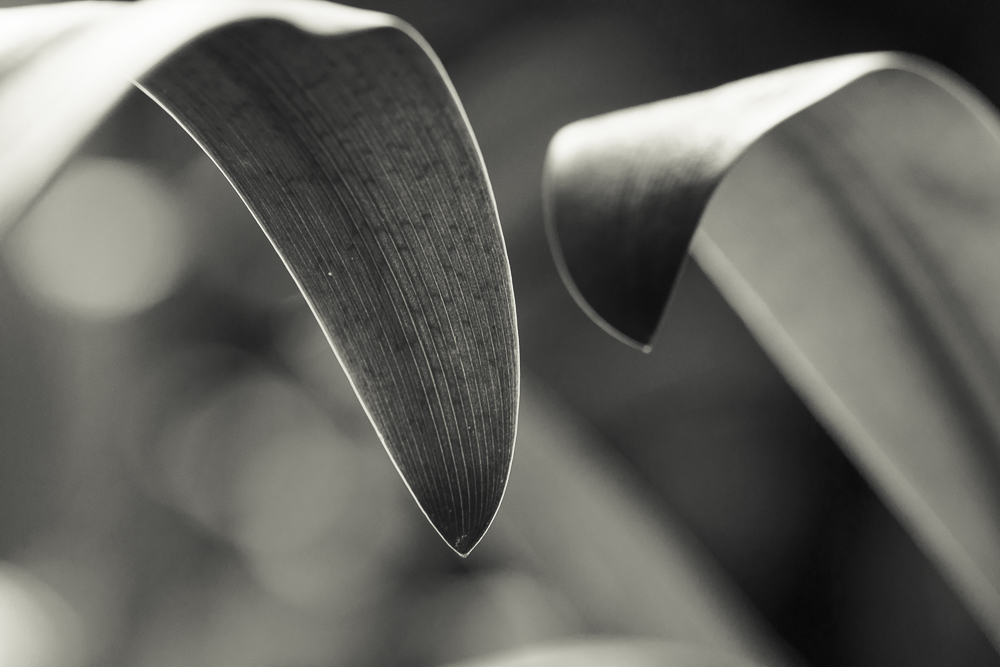I have always enjoyed shooting macro, or close-up, photos, in the field: flowers, insects, and interesting details. The best way to do this type of photography is by using a dedicated macro lens; most macro lenses come in focal lengths of 50mm, 100mm, or 200mm, with reproduction ratios varying between ½ and life size. For the Sony Alpha E mount, there is a very good option with the FE 90 f2.8 macro lens. This lens is no doubt very good, but it is also expensive, of course.
In the past, and because I do not necessarily need to shoot at life size, one of the combinations I would often use would consist of a 70-200 zoom (almost everybody using any system is likely to have such telezooms) plus a high quality close-up lens or “diopter”. When I was using Canon, I had the zoom plus one Canon 500D close-up lens. This allowed me to have sort of macro capabilities without spending a large amount of money.
The other day I remembered that I had this lens lying around being unused, so I gave it a try with the Sony FE 70-200 f4 zoom; even the filter thread is a match, at 72mm. This lens looks like a thick filter that screws onto the front of the lens, allowing it to focus much closer, thus resulting in a higher magnification. Canon’s literature states that “The Type 500D is more suited to lenses with focal lengths from 70mm to 300mm”, so no problem. Plus, the “D” in the name of the close up lens stands for “double element”, which means better correction of aberrations, compared to single element ones.
At the 200mm focal length, the magnification ratio with the close-up lens is around ½ life size, which is good enough for me in most situations. Of course the image quality compared to a true macro lens is not the same, especially in the corners of the frame. But in most instances, the subject of interest is not in the corner, so no big problems there.
In the end, with the simple addition of a high quality close-up lens, I can add another whole dimension to my telezoom, without the extra spend or weight of a dedicated macro lens. Many times when I am out photographing landscapes, I note an interesting flower or insect, and I know that this combination works very well.
